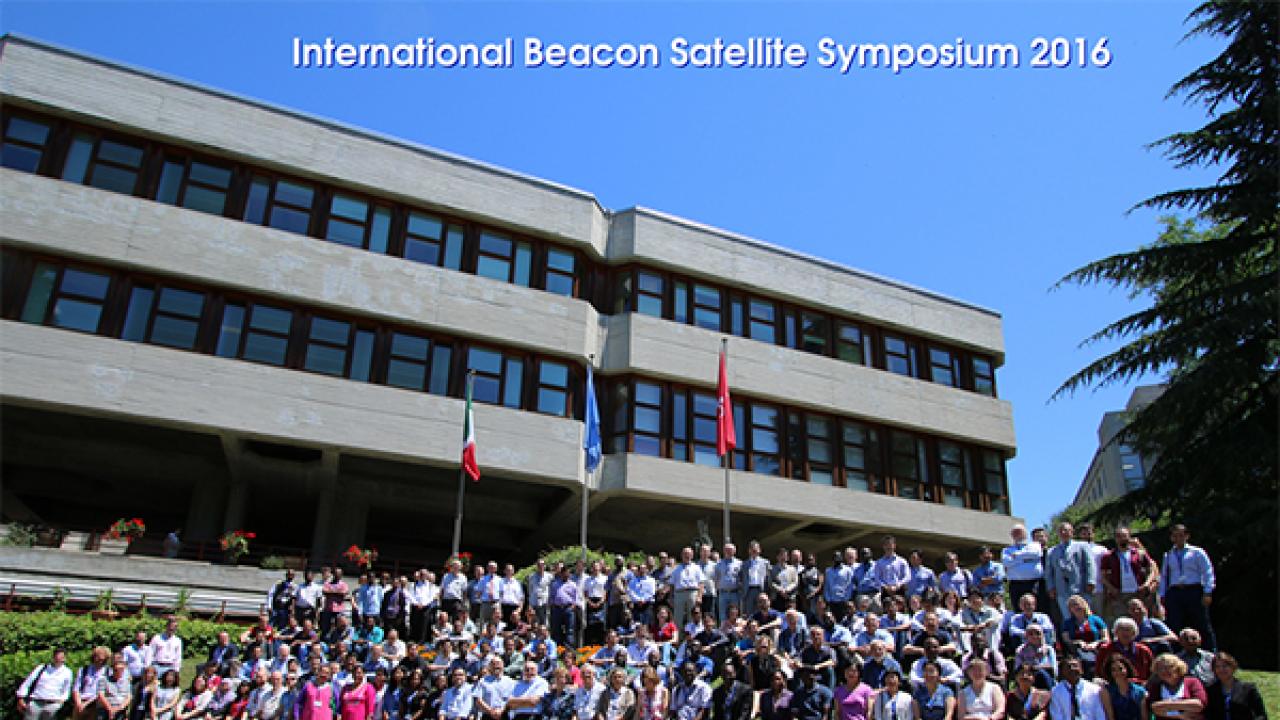
ICTP recently hosted the 2016 International Beacon Satellite Symposium, an international meeting of researchers who study radio wave propagation in the Earth’s ionosphere. Beacon satellites send signals from space to Earth or to other vehicles in space, using the ionosphere to propagate the signals around the world. However, the ionosphere is continually in flux, affected by radiation from the Sun as well as space weather, which can disrupt radio waves. Symposium attendees study the ionosphere and its nature to gain a better understanding of it and to devise ways to mitigate effects on satellite systems.
This latest Symposium, one of a series that has been held periodically since 1972, attracted an interdisciplinary group of scientists, researchers and engineers. Co-sponsors included the Beacon Satellite Group of the International Union of Radio Science (URSI) Commission G, Boston College, The International Committee on Global Navigation Satellite Systems, the U.S. National Science Foundation, NASA, the U.S. Air Force Office for Scientific Research, and the European Geosciences Union.
According to Patricia Doherty, chair of URSI’s Beacon Satellite Studies Group and one of the Symposium organizers, several aspects of this year’s meeting were noteworthy. “We had unprecedented attendance—some 199 researchers from 48 countries—and we supported the attendance of 70 participants from developing countries,” she says.
In addition, ICTP’s commitment to the study of satellite communications was further solidified by the appointment during the meeting of ICTP researcher Bruno Nava as co-chair of URSI’s Beacon Satellite Studies Group. Nava works under the direction of ICTP scientist Sandro Radicella, head of ICTP’s Telecommunications/ICT for Development Laboratory (T/ICT4D). T/ICT4D developed (with the University of Graz, Austria) and maintains NeQuick, a model of the ionosphere that determines its effects on satellite communications, navigation and positioning systems.
The week-long Symposium featured numerous sessions and included poster presentations. But underscoring the entire event was the unique opportunity for networking on a world-wide scale. “For us, the most important aspect of the Symposium is the international collaborations made at the meeting. The opportunity to talk with other researchers from all corners of the globe, whether it’s Malaysia, Pakistan or Russia, is priceless,” explains Doherty.
















